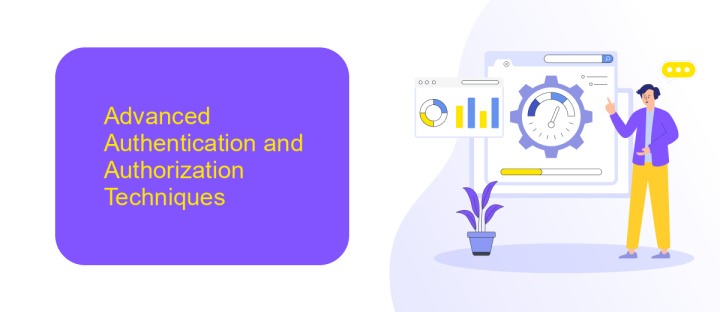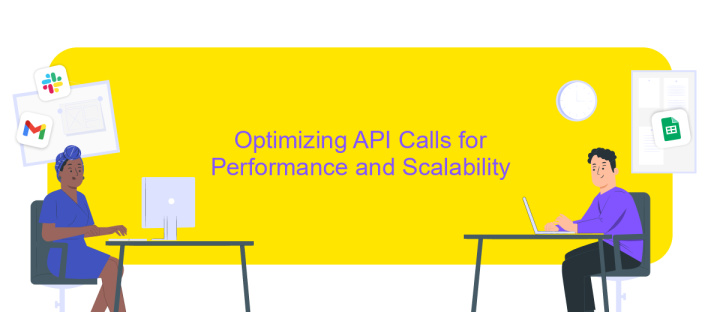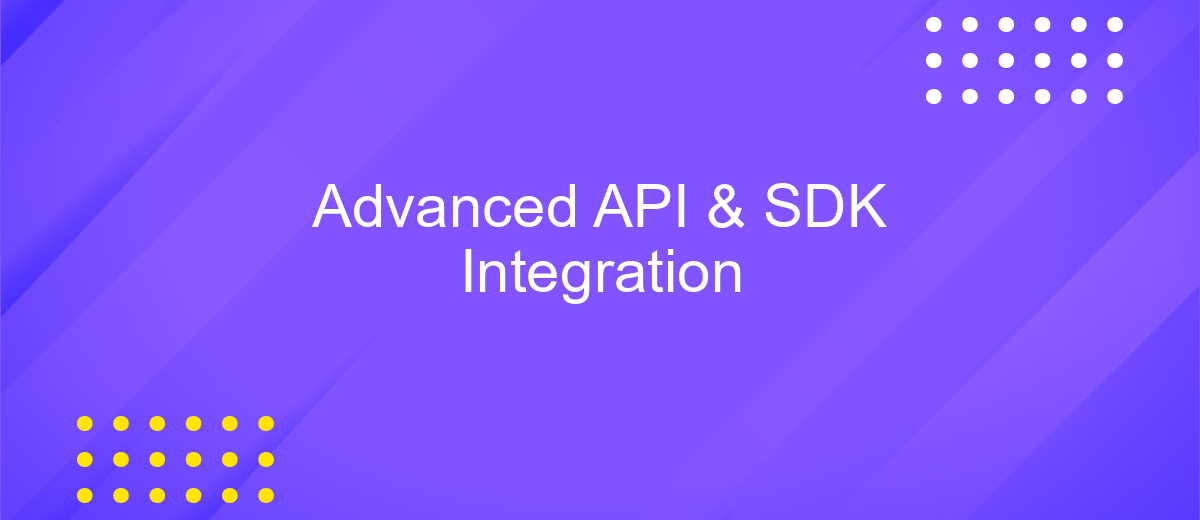Advanced API & SDK Integration
In today's rapidly evolving digital landscape, advanced API and SDK integration have become essential tools for developers seeking to enhance functionality and streamline processes. By leveraging these powerful technologies, businesses can unlock new capabilities, improve user experiences, and drive innovation. This article explores the intricacies of advanced API and SDK integration, offering insights into best practices, challenges, and the transformative impact they can have on modern software development.
Understanding APIs and SDKs: A Deep Dive
Application Programming Interfaces (APIs) and Software Development Kits (SDKs) are fundamental components in modern software development. APIs allow different software systems to communicate and interact with each other by defining a set of rules and protocols. They enable developers to access specific features or data of an application, service, or platform without exposing the internal workings. SDKs, on the other hand, are comprehensive collections of tools, libraries, and documentation that assist developers in building applications for specific platforms.
- APIs provide a standardized way for applications to communicate.
- SDKs include tools and libraries for building software on specific platforms.
- APIs focus on interaction, while SDKs focus on development.
- Both are essential for integrating third-party services and functionalities.
Understanding the distinction and relationship between APIs and SDKs is crucial for developers aiming to leverage external services and streamline application development. APIs facilitate connectivity and interoperability, whereas SDKs offer the necessary resources and guidance to build applications efficiently. Mastery of both can significantly enhance the development process, enabling the creation of robust and versatile software solutions.
Advanced Authentication and Authorization Techniques

In the realm of advanced API and SDK integration, robust authentication and authorization are paramount to ensure secure data exchange. Techniques such as OAuth 2.0 and OpenID Connect provide scalable solutions for managing user identities and permissions across diverse applications. These protocols enable developers to implement single sign-on (SSO) and delegated access, enhancing user experience by minimizing password fatigue while maintaining high security standards. Furthermore, employing JSON Web Tokens (JWT) facilitates stateless authentication, allowing for efficient session management and seamless integration across distributed systems.
For those seeking to streamline integration processes, services like ApiX-Drive offer valuable tools to simplify authentication configurations. ApiX-Drive provides a user-friendly interface to connect various applications without extensive coding, enabling businesses to focus on core functionalities rather than intricate security setups. By leveraging such platforms, developers can reduce the complexity of integrating advanced authentication mechanisms, ensuring that their applications remain both secure and user-friendly. This approach not only enhances security but also accelerates the development cycle, delivering robust solutions in a competitive digital landscape.
Optimizing API Calls for Performance and Scalability

Optimizing API calls is crucial for enhancing both performance and scalability in software applications. Efficient API usage reduces latency, minimizes server load, and ensures smooth user experiences. By implementing strategic optimizations, developers can significantly improve the responsiveness and reliability of their systems.
- Batch Requests: Combine multiple API calls into a single request to reduce the number of round trips to the server.
- Caching: Store frequently accessed data locally to minimize repeated API calls and decrease server load.
- Rate Limiting: Implement rate limits to prevent server overload and ensure fair usage among all clients.
- Pagination: Use pagination for large data sets to fetch only the necessary data, reducing bandwidth and processing time.
- Asynchronous Processing: Utilize asynchronous calls to prevent blocking operations and improve application responsiveness.
By following these strategies, developers can ensure their APIs handle increased traffic without compromising performance. This not only enhances user satisfaction but also prepares the application to scale efficiently as demand grows. Prioritizing these optimizations early in the development process can lead to long-term benefits in system stability and user engagement.
Handling Errors and Rate Limiting Effectively

Effectively handling errors and managing rate limiting are crucial aspects of advanced API and SDK integration. When integrating APIs, it is important to design robust error-handling mechanisms to ensure that your application can gracefully recover from unexpected issues. This involves understanding the types of errors that can occur, such as client-side errors, server-side errors, and network-related issues.
Rate limiting is another critical factor to consider, as it helps prevent abuse and ensures fair usage of resources. Implementing rate limiting requires careful planning to balance between user experience and resource availability. By monitoring API usage patterns, you can adjust rate limits to optimize performance and avoid service disruptions.
- Implement retry logic with exponential backoff to handle transient errors.
- Log errors for monitoring and debugging purposes.
- Provide clear error messages to improve user experience.
- Use API keys and authentication tokens to manage rate limits effectively.
By addressing errors and rate limiting proactively, developers can create resilient applications that provide a seamless user experience. These practices not only enhance application stability but also foster trust and reliability in the services offered.


Real-World Integration Scenarios and Best Practices
Integrating APIs and SDKs into real-world applications requires careful planning and execution to ensure seamless functionality. One common scenario is integrating payment gateways into e-commerce platforms. This involves securely handling transactions, managing user data, and ensuring compliance with financial regulations. To achieve this, developers must thoroughly understand the API documentation and test extensively in a sandbox environment before going live. Another scenario involves integrating social media APIs to enhance user engagement by allowing users to share content directly from the application. This requires managing authentication tokens and ensuring data privacy.
Best practices for successful integration include maintaining a modular approach, where each API or SDK is encapsulated in its own module, making updates and troubleshooting more manageable. Utilizing services like ApiX-Drive can streamline the integration process by providing a platform to connect various applications without extensive coding. This service offers pre-built connectors and an intuitive interface, reducing the complexity and time required for integration. Additionally, continuous monitoring and logging are essential to quickly identify and resolve any issues that may arise, ensuring a smooth user experience and reliable application performance.
FAQ
What is API integration and why is it important?
How can I ensure secure API integration?
What is an SDK and how does it differ from an API?
How can I troubleshoot common API integration issues?
What are the benefits of using a service like ApiX-Drive for API integration?
Apix-Drive is a simple and efficient system connector that will help you automate routine tasks and optimize business processes. You can save time and money, direct these resources to more important purposes. Test ApiX-Drive and make sure that this tool will relieve your employees and after 5 minutes of settings your business will start working faster.

